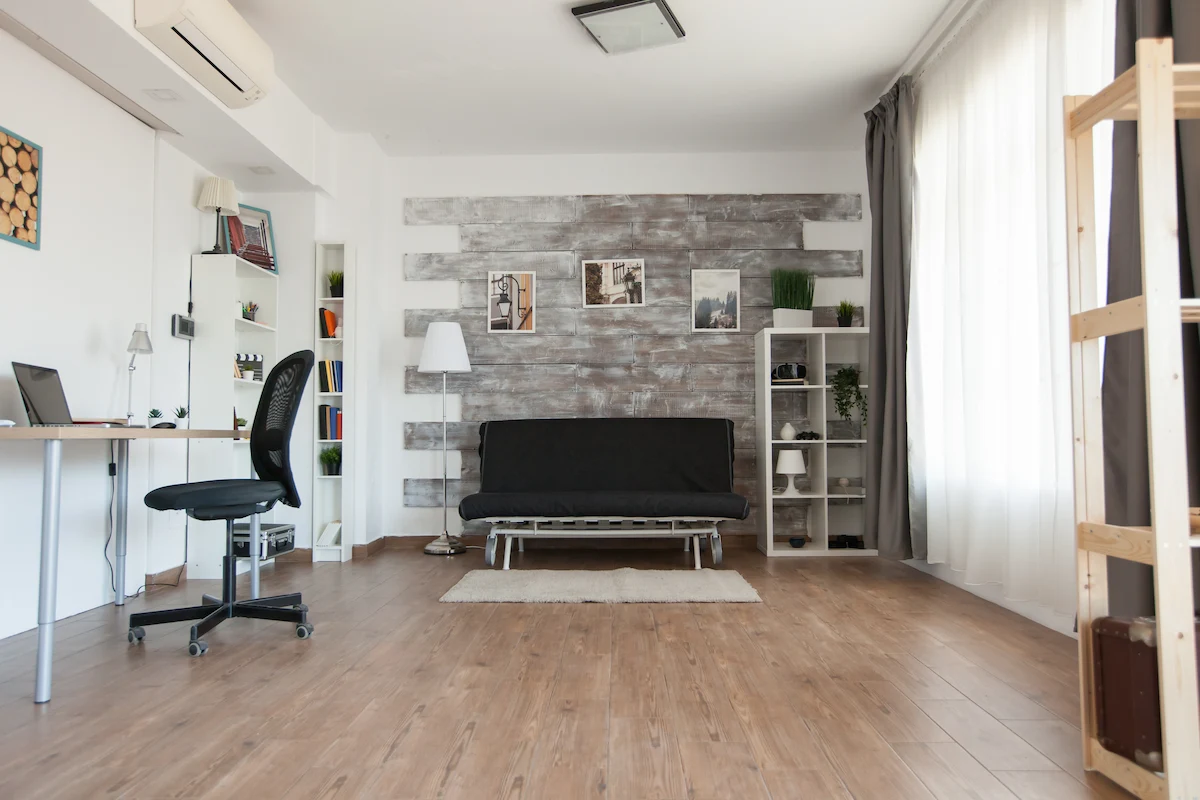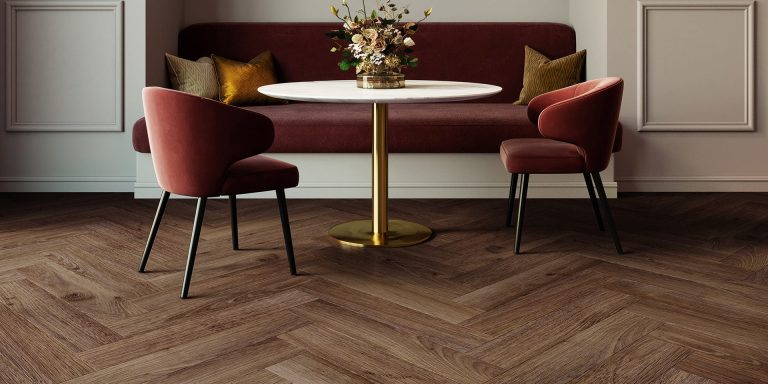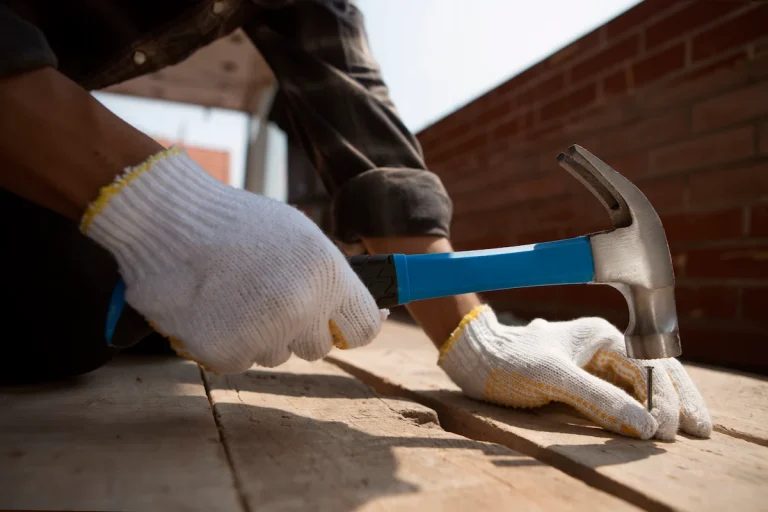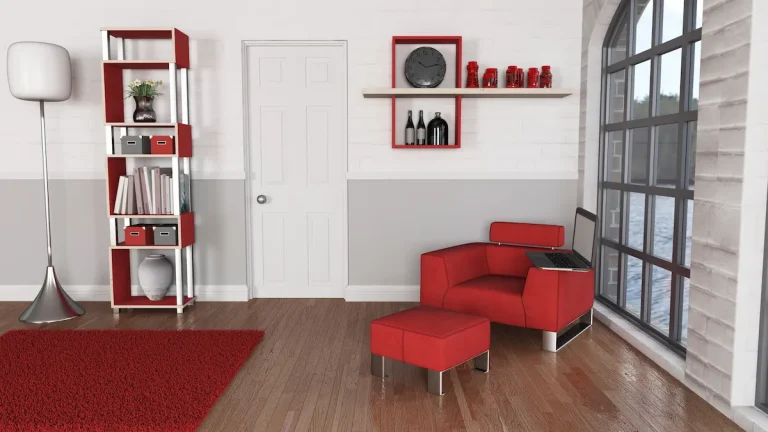Choosing the right floor can be tricky, especially when comparing LVT vs. stone flooring. Both offer distinct benefits and drawbacks, so understanding the differences is key to making the right choice for your space.
This article compares LVT and stone flooring based on material composition, durability, maintenance, cost, and compatibility with underfloor heating—helping you decide which best suits your home or commercial needs.
The Differences Between LVT vs. Stone Flooring
Luxury Vinyl Tile (LVT) is a synthetic alternative to traditional flooring that replicates the look of stone with added features like scratch resistance and easy installation. Stone flooring, on the other hand, offers timeless luxury but requires more maintenance and investment.
LVT Pros:
- Easy to install
- Affordable
- Moisture-resistant
LVT Cons:
- Shorter lifespan
- Potential for off-gassing
Stone Pros:
- Elegant, timeless appearance
- Eco-friendly
- Durable with proper care
Stone Cons:
- Heavier and harder to install
- Prone to scratching
- Higher upfront costs
1. Material Composition
LVT is made from multiple layers of PVC and sometimes engineered materials, making it lightweight and flexible. Natural stone is cut from slabs of marble, slate, or granite, offering unmatched natural beauty but requiring a stronger subfloor and expert installation.
LVT’s multi-layer structure makes it ideal for kitchens and other high-traffic areas, while stone’s dense structure lends itself well to formal spaces.
2. Durability
LVT performs exceptionally well in busy households and commercial settings thanks to its scratch-resistant surface and moisture resistance. Stone is durable too, but more susceptible to chipping and cracking if impacted.
While both can last, LVT’s composite layers and flexibility give it an edge in high-traffic areas where practicality is key.
3. Installation Process
LVT’s lightweight design and click-lock systems make it a favourite for DIYers. It requires only a flat, clean surface for installation. Stone flooring is heavier and often needs mortar, sealing, and professional handling.
If you’re looking for a quick update, LVT is more straightforward. Stone offers a long-term investment but takes more time and effort to install.
4. Maintenance and Cleaning
LVT is low-maintenance and needs only regular sweeping and occasional mopping. Stone flooring, however, requires sealing and the use of specialised cleaners to prevent stains and etching.
LVT wins on ease of cleaning, maintenance-free upkeep, and suitability for busy homes. Stone looks beautiful but demands consistent care to maintain its finish.
5. Cost
LVT is typically more affordable, both in materials and installation. It ranges from £2–£7 per square metre, while natural stone starts around £5 and can exceed £15 per square metre. Installation costs also run higher for stone.
LVT offers cost savings upfront, while stone may add resale value over time due to its prestige and durability.
LVT vs. Stone Flooring: The Comparison
Choosing between LVT vs. stone flooring comes down to balancing style, practicality, and budget. In this section, we break down the key differences to help you decide which option works best for your home or commercial space.
Which One Is Better for High-Traffic Areas?
LVT is ideal for high-traffic zones like kitchens and commercial spaces. Its wear layer protects against scuffs and dents, while stone—though strong—can suffer chips under pressure.
LVT also retains its look with minimal effort, while stone requires resealing and more intensive care over time.
Which One Is More Resistant to Water and Moisture?
LVT is waterproof, making it perfect for bathrooms, kitchens, and utility rooms. Stone can resist moisture if sealed correctly but is more vulnerable to stains if neglected. For families or properties where spills are common, LVT offers hassle-free protection.
Which One Offers More Design Options?
LVT comes in a wide array of colours, patterns, and textures, allowing homeowners to mimic wood, stone, or abstract finishes. Stone flooring offers natural variation but is limited to what nature provides. If customisation and variety are your priority, LVT has the upper hand.
Which One Is Easier to Repair?
Damaged LVT tiles or planks can be easily replaced individually, keeping repair costs low. Stone repairs, on the other hand, can be costly and time-consuming, requiring professional matching and reinstallation. LVT is more practical for active households prone to wear and tear.
Which One Is More Environmentally Friendly?
Natural stone is generally more eco-friendly due to its minimal processing. LVT, made with PVC, raises concerns around sustainability, though modern products are improving with better recycling options and certifications. If sustainability is a priority, stone is the greener choice—especially locally sourced varieties.
Which One Is Better for Underfloor Heating?
LVT conducts heat effectively and is compatible with most underfloor heating systems. It heats up quickly and evenly. Stone also retains heat well but may need insulation underneath to avoid heat loss. Both work well, but LVT typically offers better efficiency and comfort underfoot.
Which One Is More Suitable for Residential or Commercial Use?
LVT is a versatile choice for both homes and commercial spaces thanks to its durability and low upkeep. Stone is often preferred in luxury commercial settings like high-end retail or hospitality.
LVT is best for:
- Active households
- Offices
- Retail stores
Stone works well in:
- Upscale environments
- Feature areas
- Historic or traditional interiors
Which One Should You Choose for Your Home?
Your final choice should depend on your lifestyle, budget, and style preferences. If you need practical, stylish, and low-maintenance flooring, LVT is an excellent all-rounder. If you’re after prestige, long-term value, and eco-credibility, stone flooring may be the better fit.
Consider:
- How much maintenance are you willing to do?
- Is moisture resistance essential?
- Are you planning to sell the property in future?
- Is underfloor heating part of your renovation?
At TEKA Flooring, we help you find the perfect match for your home or commercial space. Whether you’re drawn to the practicality of LVT or the timeless elegance of natural stone, drop by our store—our friendly experts are here to help you find the perfect fit.
Visit TEKA Flooring’s blog for more inspiration and advice, or contact us to explore samples and professional fitting services. Let’s create a floor you’ll love for years to come.
Read also:

































